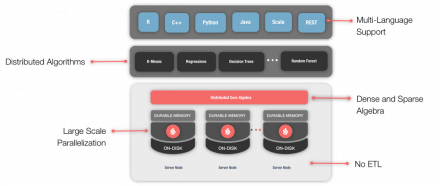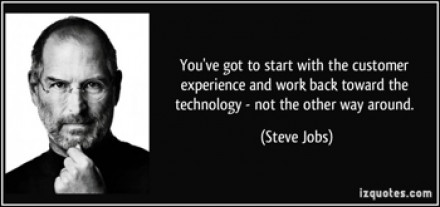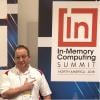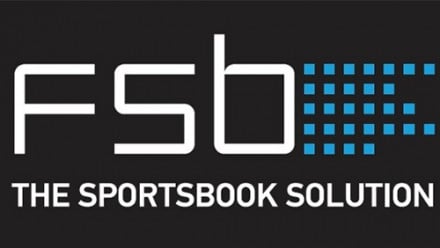GridGain Blog
In a previous article, we discussed the Apache® Ignite™ Machine Learning Grid. At that time, a beta release was available. Subsequently, in version 2.4, Machine Learning became Generally Available. Since the 2.4 release, more improvements and developments have been added, including support for Partitioned-Based Datasets and Genetic Algorithms. Many of the Machine Learning examples that are…
How to Add Speed and Scalability to Existing Applications with In-Memory Data Grids.
If you want to build a basement fix its foundation for future construction, jack it up. It’s much cheaper, faster and less disruptive than building a new house.
The same is true for applications. If you want to add speed, scalability and flexibility to your existing applications, slide an in-memory…
If you’re not interested in John Cleese, just listen to Akmal Chaudhri explain how machine and deep learning work with Apache Ignite. But if you really want to understand the problem before diving into the details, I recommend you learn from John Cleese.
Many years ago, long before machine learning but long after Lisp was invented, John Cleese made a big impression on me at a conference. …
As you may have noticed, we’ve started a new series about “The New Digital Experience." It’s meant to share the best practices companies adopted to improve the customer experience and transform into a digital business, with a particular focus on the use of in-memory computing with other technologies.
One of the most important architectural concepts that companies need to understand is why in-…
How Digital Business, Big Data, HTAP and In-Memory Computing Came Together to Improve the Customer Experience:
I’ve had two long-standing professional interests for half my life; middleware and customer experience management. I am happy to say that not only is there a focus at the executive level on improving the customer experience. The technologies needed have evolved to a point that…
Comparing Apache Ignite / GridGain and Apache Cassandra / DataStax as the Power Behind the Moment
If you’re in the process of a digital transformation and trying to improve the customer experience to compete against the Amazon, PayPal, Uber, Expedia, Netflix in your industry, you need to understand something before you fix your next performance and scalability bottleneck. There is only one way…
NoSQL databases, such as Apache Cassandra, are the best-known example of eventually consistent systems. A contract of such systems is simple -- if an application triggered a data change on one machine, then the update will be propagated to all the replicas at some point in time -- in other words, eventually.
Until the change is fully replicated, the system as a whole will stay in an…
Back in the day, when today’s parents were software engineers, whenever you built large-scale systems you had to size everything. For a while many people forgot, except for the few in banking, or the people who rewrote Sabre Systems and other high-volume systems. But then data volume, variety and velocity took off.
Now you HAVE to think about HOW you improve performance and scalability…
London-based FSB Technology (UK) Ltd., which provides real-time sports betting platforms as a fully-managed service, is relying on GridGain Enterprise Edition to ensure real-time performance and scalability of their PostgreSQL-based system in the face of rapid growth and extreme processing spikes. The complete case study can be here.
“GridGain has enabled us to provide a high performance, highly…
Somehow, a cache is no longer a cache. Our requirements changed while we were all focused on trying to handle the ever-increasing load -- one application at a time. So what is a cache? Why does it exist? What changed? And why are people replacing Redis? If you’re interested in hearing about it in more detail, watch the Webinar Redis Replaced: Why Companies Now Choose Apache® Ignite™ to…












